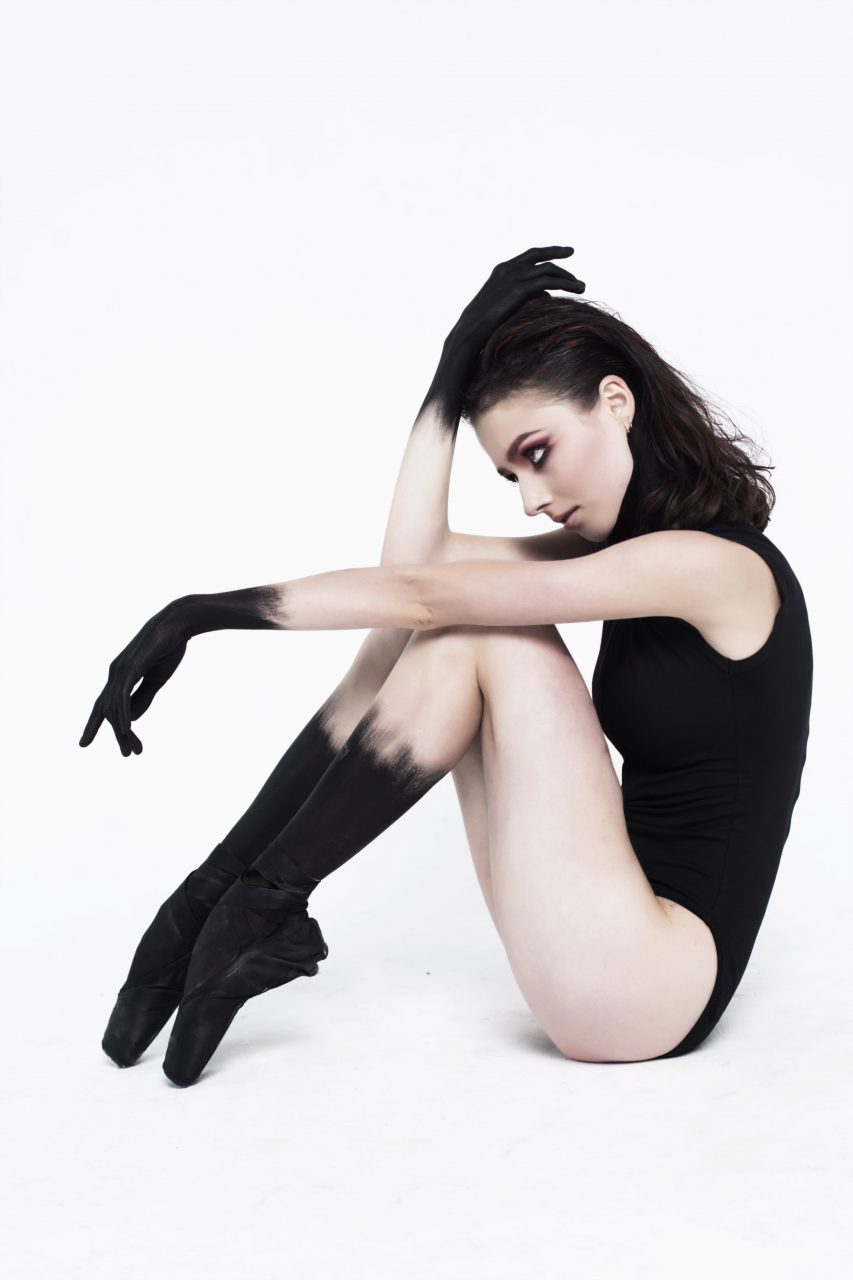Alena is a first-year student at the Bolshoi Ballet Academy. Despite her young age, she already knows what she wants in life. This is noted by many. For example, the ballet photographer Ira Yakovleva after a joint photo session with the student said: “Alena sent me a sketch of the image in which she sees herself in our shooting. She took upon herself the development of makeup together with the make-up artist Lola Marzaganova, and prepared the poses for the photo session.”
About the young ballerina, her mature thoughts and a photo session with meaning – in an interview with La Personne.
Alena, do you have a hobby? Is ballet the one you have, or is there something else? When did you realize that dancing is your passion and the very thing you are ready to devote to your whole life? What did the parents say?
I have many hobbies, for example, playing musical instruments, photography, and painting, but I can not attribute ballet to simple hobbies. I set myself the goal of becoming a ballerina in early childhood when I saw Maya Plisetskaya speak on television. She turned to her parents and said: “I want to dance like her, and even better!”. My parents themselves from the ballet world, in the past – the leading soloists of the Stanislavsky theatre. My mother, not wishing her child heavy physical and emotional work, introduced me to the piano in the hope that I’ll change my mind about the ballet. But this did not happen, I was still burning with the desire to enter one of the country’s most prestigious ballet schools.
The aesthetic aspect of the ballet becomes a separate segment in the fashion industry. Ballet photography today is a very common and fashionable phenomenon. Is this your first experience as a ballet model?
I’ve had ballet photo shoots before, but I will not say that I’m being shot in a professional studio often. There are people who attend shooting almost once a month. But their photos all look the same, and they are boring to look at. I am photographed only when I have an original idea that will hook the audience. I myself find a talented photographer and think through the image. For example, I came up with the idea for the latest shooting myself, inspired by my favorite music.
You came up with the concept of this photo shoot. Tell us about it.
The basis of the image is the humanization of the last album of the band Twenty One Pilots – Blurryface. This is a story about the universal emotion, which combines fear, doubt, and uncertainty. If I were to give the name to our work with Ira, it would be “my Blurryface”.
Let’s leave for a while the conversation about the beauty and turn to a more technical issue. Every dancer has been injured at least once in life. Did it happen to you? And do you think about the traumatic danger of a ballet element when you perform it? Are you afraid of it?
I had one unpleasant incident: two weeks before the classical dance exam, I fell down the moving escalator and injured both knees. I remember lying on the floor and could not get up. At that moment, I was really scared that I could not pass the exam. But next day, despite the teacher’s advice, I was dancing.
As for the ballet elements, I’m not particularly afraid to perform them. But sometimes the instinct of self-preservation can prevent, for example, a foot turn.
Speaking of fears. During the most exciting moments – exams, competition, performance – what do you feel? Do you have some sort of stage fright? How do you cope with it?
Good question. Sometimes it is very exciting to go on stage, especially in solo variation. Before the performance, I try to get used to the role to the extent that my character and I become one. In this case, concentration on the role overcomes the excitement.
When it comes to the excitement during exams, I think if the combinations are prepared in the correct and beautiful way, students try to dance the exam, instead of being afraid of failure. I am grateful to my teacher, Elena Nikolaevna, who comes up with very interesting exams for us.
Students of choreographic schools and academies from the first year dream about the theater in which they will dance after the school. Do you?
I would be glad to get into any prestigious theater. But at this stage in life, I need to work, work and work, because in order to achieve the goals it’s not enough to just dream.
Many live by the principle “do not have an idol.” How do you think, does help to be inspired by the work of another artist, and trying to imitate it? Do you have idols?
I very often encounter people who try to copy their idol in absolutely everything. I never understood why they do this. Sure, I have favorite dancers, one of them is Lucia Lacarra. But I do not want to become a bad copy of someone else. There are things that can be learned from great artists, but the manner and presentation of the material must be your own, then there is no risk, even in case of failures, of losing one’s face.
And finally. What is your mission as a future ballerina?
My mission? I just want to find my own place in the ballet world. In any theater, in any country the main thing for me is self-development, thinking creatively and, of course, no matter what, following my dreams. My attitude to the ballet as to the future profession, in general, is reflected in one very famous quote: “Choose your work to your liking, and you will never have to work a single day of your life.”
Interview Lizaveta Leto
Photo Ira Yakovleva














